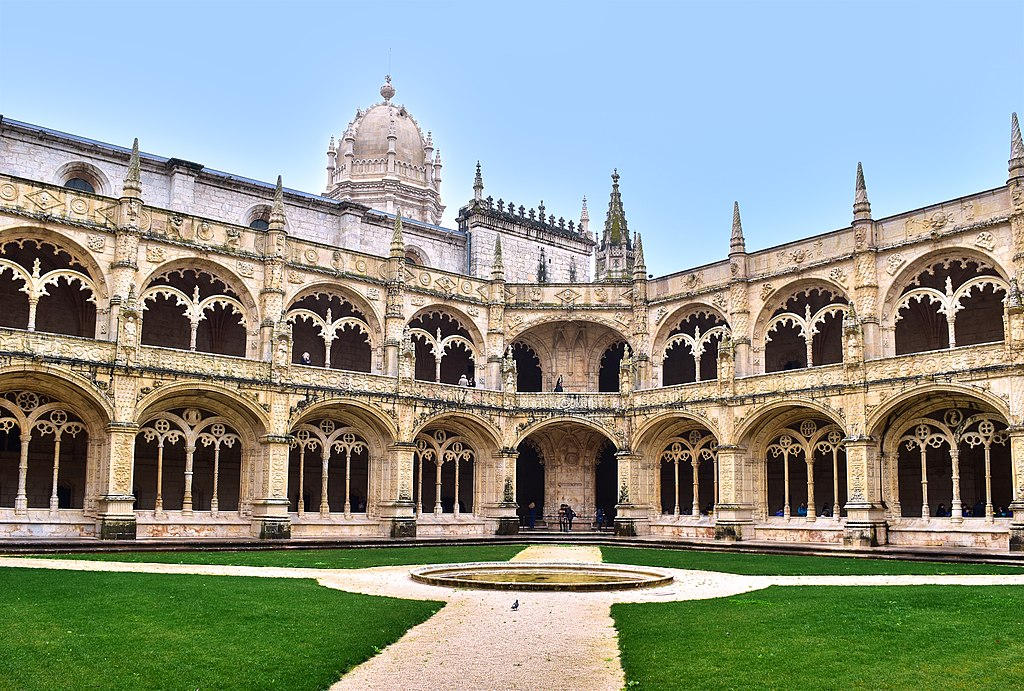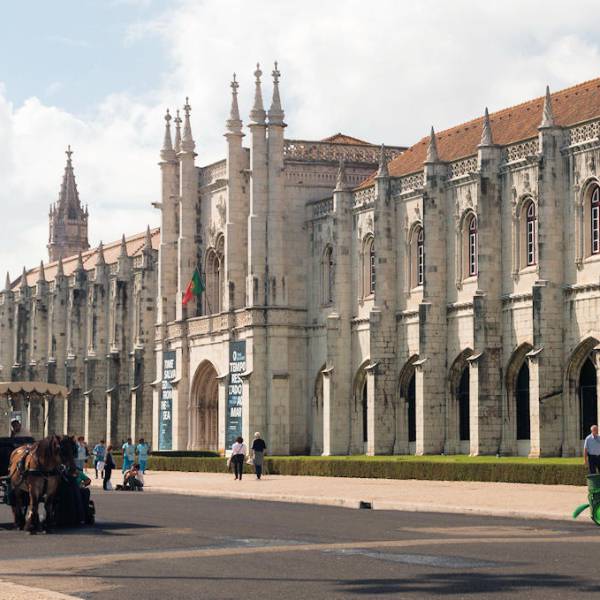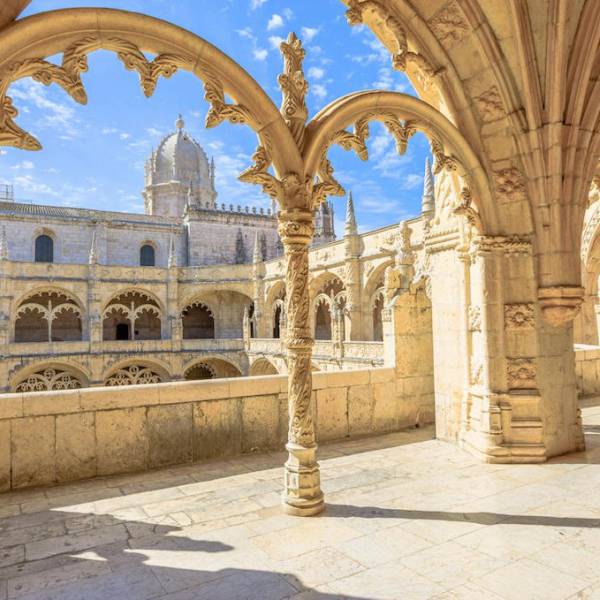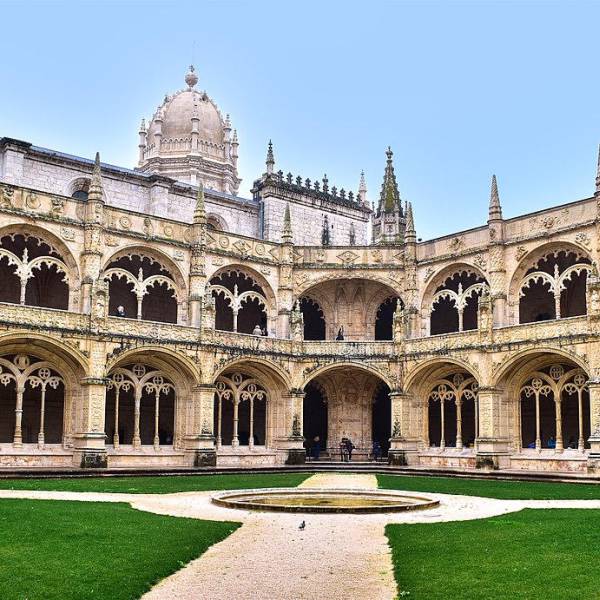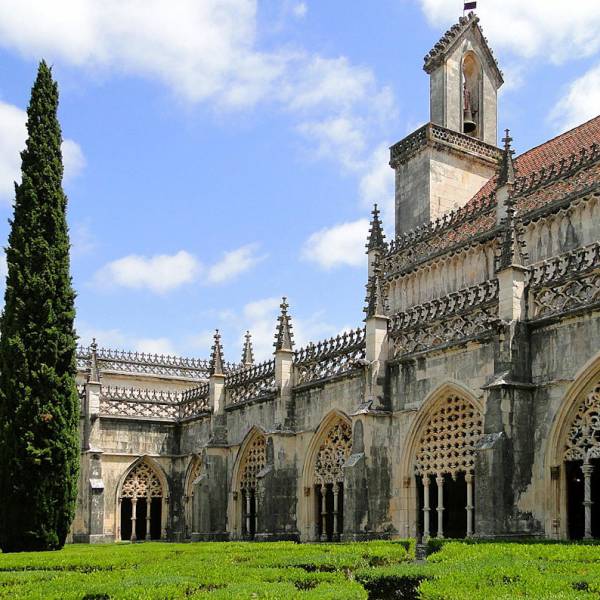The construction of the monastery began in 1501 and took 100 years to complete. King Manuel I funded the project with the profits from the Portuguese India Armadas, which were expeditions to India led by Vasco da Gama. This influx of wealth allowed for the creation of a grand and ornate structure.
The monastery was designed in the Manueline style, a uniquely Portuguese architectural style that blended late Gothic and Renaissance elements. It featured intricate stone carvings depicting maritime themes and objects discovered during naval expeditions. The architect responsible for the design, Diogo de Boitaca, pioneered the Manueline style and incorporated golden limestone from various quarries in the construction.
The monastery was occupied by the Order of Saint Jerome, also known as the Hieronymites, whose role was to pray for the eternal soul of King Manuel I and provide spiritual assistance to sailors. The monks fulfilled their duties for over four centuries until the religious orders were dissolved in 1833, and the monastery was abandoned.
Throughout its history, the monastery played a significant role in Portuguese royalty. It became the necropolis of the Aviz dynasty, serving as the burial place for several members of the royal family. With the restoration of Portuguese Independence in 1640, the monastery regained its importance and continued to be the burial place for subsequent generations of royalty.
Lisbon.vip Recommends
In the 19th and 20th centuries, the monastery saw further restoration efforts to conserve its historical and cultural significance. It became a symbol of Portuguese national pride, representing the country's Age of Discovery. In 1983, the Jerónimos Monastery, along with the nearby Tower of Belém, was designated as a UNESCO World Heritage Site.
Today, the Jerónimos Monastery stands as a magnificent testament to Portugal's rich architectural and cultural heritage. Visitors from around the world are captivated by its grandeur, intricate details, and historical significance. The monastery continues to be a major tourist attraction in Lisbon, attracting millions of visitors each year.
The Jerónimos Monastery is not just a building; it is a living testament to Portugal's history, art, and spirituality. Its intricate architecture, ornate carvings, and historical significance make it a must-visit destination for anyone interested in exploring the country's past.


